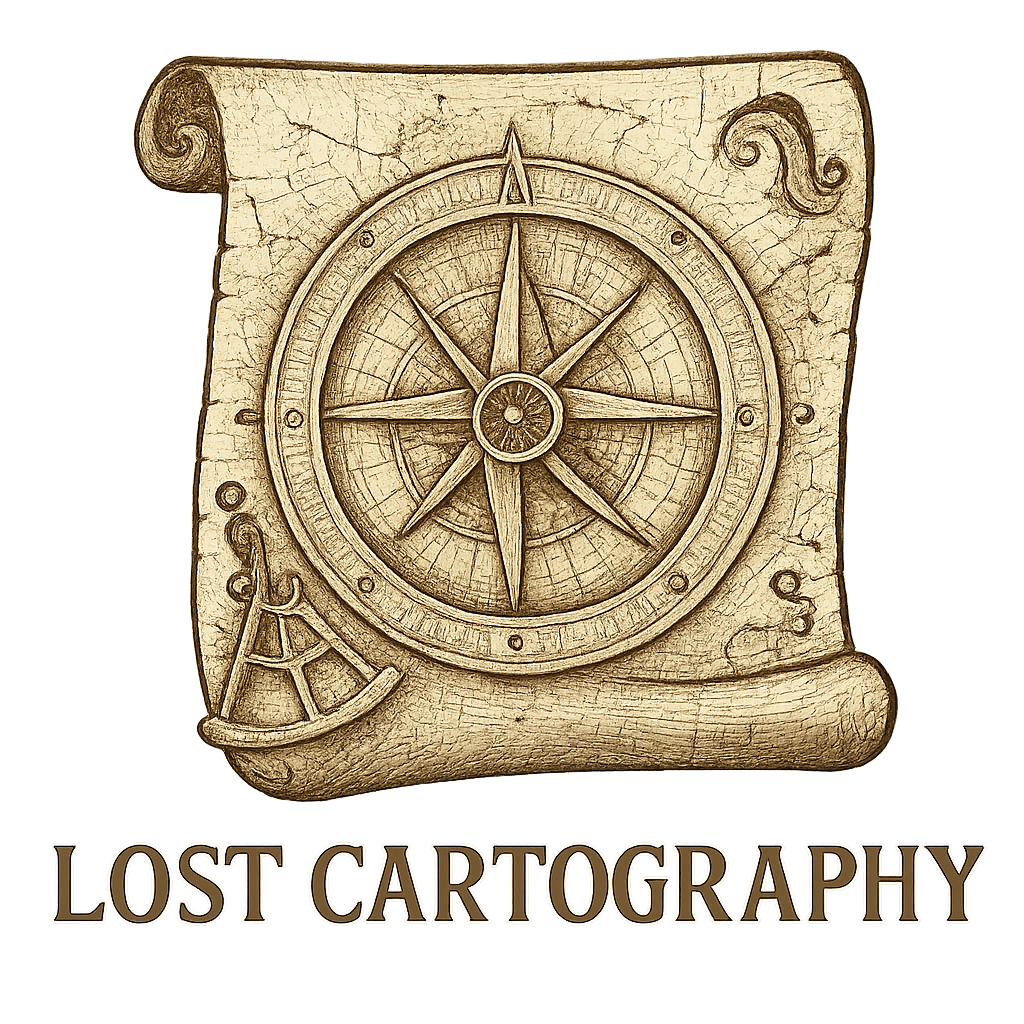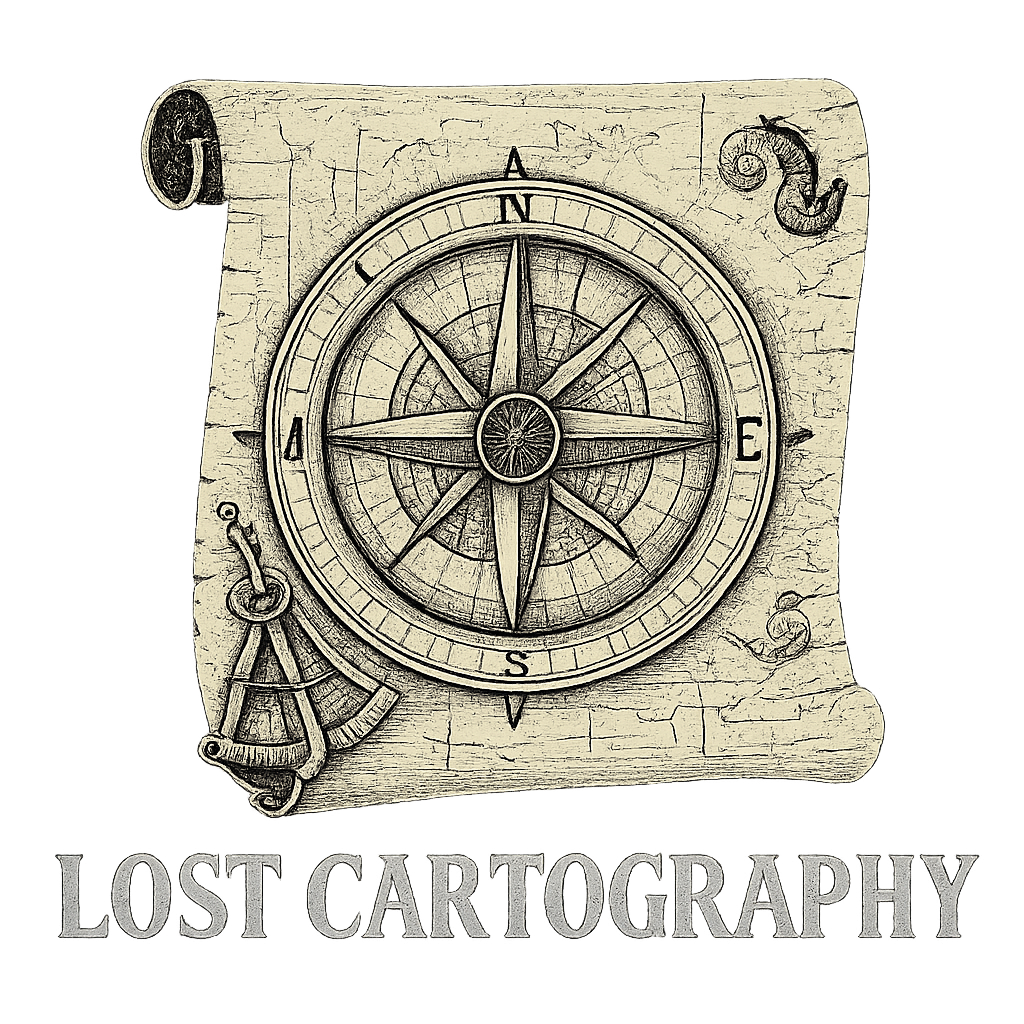Now Reading: Decoding the Zeno Map: Myth or Misinterpreted History?
-
01
Decoding the Zeno Map: Myth or Misinterpreted History?

Decoding the Zeno Map: Myth or Misinterpreted History?
The Zeno Map is one of the most intriguing and controversial artifacts in the world of historical cartography. Published in 1558, this mysterious document claims to record the North Atlantic voyages of Venetian brothers Nicolò and Antonio Zeno during the late 14th century. What makes the map so puzzling are its strange combination of accurate geographical features and unknown landmasses, including the legendary island of Frisland.
The Zeno Map is a prime example of how medieval maps often blurred the line between reality and imagination. Its intricate illustrations have had a lasting impact on cartographers, explorers, and historians, shaping their understanding of North Atlantic geography. However, a deeper question remains: Does this remarkable document represent genuine historical exploration, or is it an elaborate hoax designed to captivate its 16th-century audience?
In this article, we will explore:
- The origins of the Zeno Map
- The various theories surrounding its authenticity
- The influence of its depiction of mythical islands on our understanding of historical navigation practices
By carefully analyzing historical evidence and expert viewpoints, we aim to uncover whether this fascinating artifact represents real maritime history or a cleverly crafted cartographic illusion.
The Origins of the Zeno Map
The story of the Zeno Map begins with two Venetian noblemen, Nicolò and Antonio Zeno, who allegedly embarked on extensive voyages across the North Atlantic during the late 14th century. According to historical records, Nicolò Zeno served as a naval commander in the Venetian fleet, while his brother Antonio held various diplomatic positions.

The Publication of the Zeno Map
The map emerged into public consciousness in 1558 when Nicolò Zeno the Younger published a narrative titled “Dello Scoprimento dell’Isole Frislanda, Eslanda, Engrouelanda, Estotilanda, & Icaria.” This work included what he claimed to be letters from his ancestors’ voyages, along with the now-famous map.
Connections to Historical Events
The Zeno brothers’ account intertwines with the mysterious “Inventio Fortunatæ” – a lost medieval book describing northern Atlantic regions. Their narrative suggests connections to:
- Norse settlements in Greenland
- Previously undocumented fishing communities
- Ancient Viking trading routes
- Unexplored territories beyond Iceland
Contextual Significance
The historical context of the map’s creation coincides with a period of renewed interest in Viking exploration routes. During the 16th century, European powers sought new trade passages and territorial claims in the North Atlantic, making the Zeno brothers’ alleged discoveries particularly appealing to contemporary audiences.
Cartographic Influences
Research from the University of Wisconsin-Madison indicates that the map combines elements from various cartographic sources, including the work of Olaus Magnus and other Nordic cartographers. The intricate details and specific geographic features suggest careful compilation rather than direct observation, raising questions about the true nature of its creation.
Impact on Cartography
This aspect opens up a broader discussion on ancient mapping techniques and how these methods influenced cartography. The emergence of the Zeno Map during this pivotal period of maritime exploration would significantly influence subsequent cartographic works and shape European understanding of North Atlantic geography for generations to come.
Mysteries Surrounding Maps
Furthermore, it also brings to light certain cartographic mysteries surrounding maps like the Zeno Map and others which have perplexed historians and geographers alike. Such mysteries often fuel speculation about lost treasure maps, blending fact with fiction in an intriguing way.
Monetary Value of Maps
In addition to its historical significance, some maps have also gained immense monetary value over time. The Zeno Map could potentially fall into this category as well, given its unique history and connection to significant geographical discoveries. A look at the most valuable maps ever sold reveals fascinating records and stories that underscore their worth.
Insights into Antique Maps
As we delve deeper into understanding such antique maps and their preservation, we can glean insights into not just our geographical past but also into collecting and preserving antique maps, a practice that holds both cultural and historical significance.
Analyzing the Authenticity of the Zeno Map
The authenticity debate surrounding the Zeno Map has divided scholars into two distinct camps. Skeptics point to several compelling pieces of evidence that challenge the map’s credibility:
- The map shows remarkable similarities to Olaus Magnus’s Carta Marina, published in 1539
- Numerous geographical inconsistencies, including the placement of settlements that didn’t exist in the 14th century
- The suspicious timing of the map’s publication, coinciding with increased interest in northern exploration
Supporters of the map’s authenticity present alternative interpretations:
- The presence of accurate Nordic place names suggests insider knowledge of the region
- Research by William Herbert Hobbs indicates that some geographical features align with actual locations when accounting for medieval navigation techniques
- The detailed descriptions of local customs match historical records from the period
Recent technological analysis has revealed additional layers to this debate. Cartographic experts at the British Library identified paper and ink compositions consistent with 16th-century materials, suggesting the physical artifact itself is genuine – though this doesn’t necessarily validate its content.
The discovery of Viking settlements in North America has added another dimension to the discussion, as some locations depicted on the Zeno Map align with archaeological findings at L’Anse aux Meadows.
The Role of Mythical Islands in Cartography
The Zeno Map’s depiction of Frisland stands as a fascinating example of mythical geography’s influence on medieval cartography. This phantom island, positioned south of Iceland, appeared on numerous maps for over a century after its initial inclusion in the Zeno narrative. Frisland’s detailed portrayal – complete with cities, ports, and geographical features – demonstrates how mythical locations could acquire a sense of reality through cartographic representation.
Other Notable Mythical Islands on Medieval Maps
Medieval maps featured several other notable mythical islands:
- Antillia: A legendary island believed to lie west of Portugal
- Saint Brendan’s Island: A wandering paradise supposedly discovered by an Irish monk
- Thule: The mysterious northern land described by ancient Greek explorers
- Brasil: A mythical island west of Ireland, not to be confused with Brazil
These fictional landmasses played crucial roles in shaping navigation and exploration. Sailors would actively search for these islands, leading to:
- Unexpected discoveries of real territories
- Development of new navigation techniques
- Documentation of previously unknown ocean currents
- Creation of detailed maritime charts
The persistence of mythical islands in cartography reflects the complex relationship between imagination and exploration during the Age of Discovery. Maps like Gerard Mercator’s famous 1569 world map continued to include Frisland, lending credibility to its existence. This practice influenced navigation patterns and exploration routes, as ships would alter their courses hoping to encounter these elusive lands.
The Legacy of Mythical Islands
The legacy of these mythical islands extends beyond mere cartographic curiosity. They represent the human tendency to fill gaps in geographical knowledge with a blend of speculation, folklore, and misinterpreted travelers’ accounts. The detailed descriptions of Frisland’s society and customs in the Zeno narrative demonstrate how mythical geography could shape cultural understanding of unknown territories.
Cartographic Hoaxes Throughout History
Cartographic hoaxes are a fascinating type of historical maps where intentional deception meets artistic creativity. These fake maps often come from a complicated mix of political ambition, financial gain, and the desire for fame.
The Vinland Map, once thought to be a 15th-century artifact showing Norse exploration of North America, is a prime example. Scientific analysis revealed modern inks and materials, exposing it as a sophisticated 20th-century forgery.
The Piri Reis map presents a different case. While authentic as a 16th-century Ottoman artifact, its interpretation has spawned numerous conspiracy theories about ancient civilizations mapping Antarctica before its official discovery.
Common Features of Cartographic Hoaxes:
- Anachronistic details that don’t match the purported time period
- Unexplainable geographical accuracy for the era
- Mysterious “discoveries” of maps in unusual circumstances
- Political or religious motivations behind their creation
The Zeno Map differs from these examples in several key aspects:
- It incorporates verifiable geographical features alongside fictional elements
- Its creation served narrative purposes rather than immediate political gains
- The map’s influence persisted in legitimate cartography for centuries
Recent research by cartographic historians suggests that many historical maps exist on a spectrum between authenticity and fabrication. The challenge lies not in categorizing them as purely genuine or fake, but in understanding their role in shaping geographical knowledge and exploration narratives.
The practice of map manipulation continues into modern times, with digital technologies enabling new forms of cartographic deception. These historical examples serve as crucial reminders to approach cartographic claims with scholarly skepticism and rigorous analysis.

Nicolo Zeno licensed under public domain.
Conclusion: Myth or Misinterpreted History?
The legacy of the Zeno Map remains a complex puzzle in cartographic history. While evidence points toward deliberate fabrication, the map’s incorporation of authentic Norse geographical knowledge suggests it might not be a complete hoax. Instead, it represents a fascinating blend of historical truth and creative imagination – a common practice in medieval mapmaking.
The map’s lasting influence on cartography extends beyond its authenticity debate. Its detailed portrayal of mythical islands like Frisland shaped exploration patterns for centuries, demonstrating how cartographic misconceptions can have real-world consequences. Modern scholars studying ancient navigation must carefully separate fact from fiction, understanding that historical maps often reflect both geographical knowledge and cultural beliefs of their time.
The Zeno Map stands as a reminder that historical artifacts rarely fit into simple categories of “genuine” or “fake.” Its true value lies in what it reveals about medieval seafaring, mapmaking practices, and the human tendency to fill unknown spaces with imagination.
Learn more about the impact of medieval maps on modern cartography
























